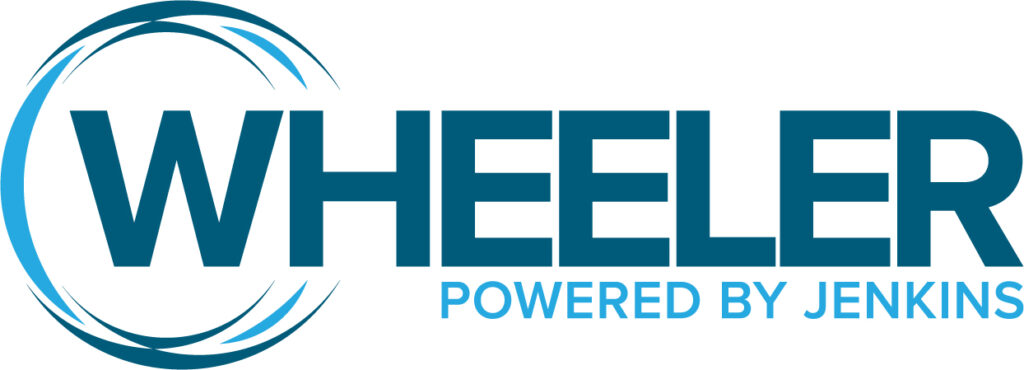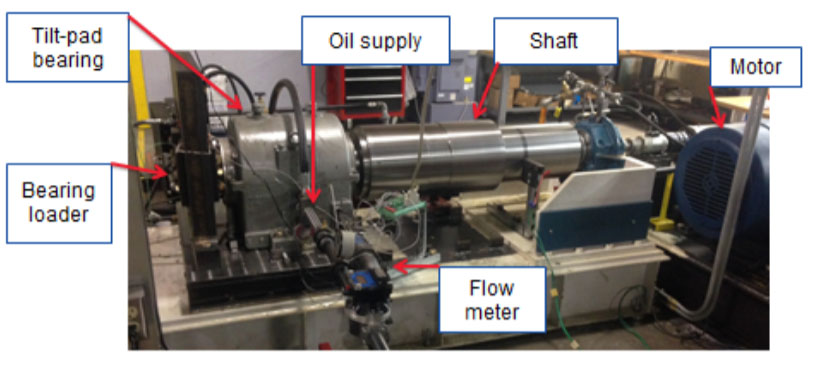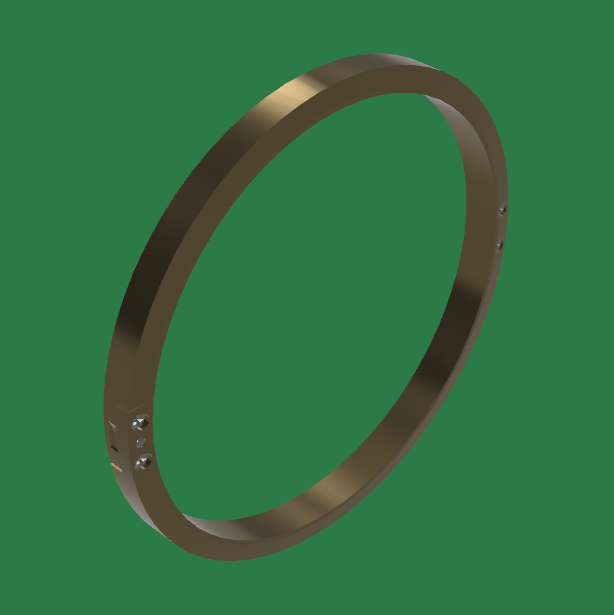Charlotte-based Jenkins Electric acquires the experienced team and equipment to add sleeve and fluid film bearing manufacturing expertise.
CHARLOTTE, N.C. – Jenkins Electric, an electromechanical service and parts provider specializing in electric motor repair and test products, as well as a variety of distribution parts, has acquired Wheeler, a sleeve and fluid film bearing manufacturer based in North Charleston, South Carolina.
“This acquisition expands our capabilities and offerings in the industrial motor parts and service industry,” said Iain Jenkins, Jenkins President. “From the North Charleston location, Jenkins will continue the Wheeler tradition of precision manufacturing. We’ve built a company and culture that we’re proud of and retaining the technical and customer service team at Wheeler only enhances our offering and dedication to customer success.”
Wheeler Bearing Company serves a variety of OEM customers around the world. With deep experience and strict adherence to ISO Certified manufacturing practices, Wheeler manufactures babbitt-lined, bearings, aluminum alloy bearings and labyrinth seals. In addition to offering rebabbitting services on motor, turbine, fan and gearbox bearings.
With a commitment to meeting deadlines, exceeding quality expectations and expanding the ability to serve customers, Wheeler Bearing Company, Powered by Jenkins will be led by General Manager, Ryan Ossmann. The experienced technical and customer service team, formerly of Wheeler Industries, will remain in North Charleston under Ryan’s leadership.
“Jenkins has a long history of being a locally owned family business with a dedication to supporting fellow motor shops across the Southeast and the entire country. One of the ways we continue to lend support is by offering same day shipping and no minimums on the critical replacement parts we know other shops rely on daily. If it’s available in our online store, it’s been Jenkins tested and approved, right here in Charlotte”, said Iain Jenkins.
This acquisition further expands the distribution business offered by Jenkins, which now includes sleeve and fluid film bearings, motor cooling fans, winding protection and motor parts in addition to serving as the exclusive US distributor of Axalta resin.
About Jenkins Electric Company: Jenkins Electric is a Charlotte, NC-based industrial, electromechanical repair, test and manufacturing company. Their manufactured test systems and replacement products support repair facilities and maintenance departments throughout the world, while their repair services keep OEM’s and utilities across the southeast running. Learn more at JenkinsElectric.com.
About Wheeler Bearing Company: Since 1919, Wheeler has manufactured and repaired industrial babbitt, bronze and aluminum bearings, oil rings, and deflectors. The 17,000 square foot manufacturing site houses an in-house babbitt and aluminum foundry, technology and equipment, 20,000+ OEM drawings, and a large inventory of replacement motor parts. Wheeler, an ISO 9001-2008 Certified Supplier, provides precision CNC machining, EDM services, rebabbitting services and design assistance.
###
If you would like more information, please contact Crystal Bristow at 704-969-8332 or [email protected].




